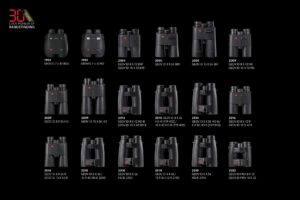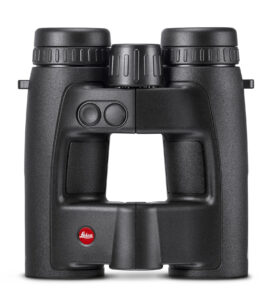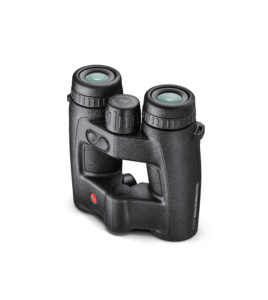When Optische Werke Ernst Leitz in Wetzlar launched its first binoculars in 1907, no one in the company, which had previously specialized in microscopes, thought that there might one day be special binoculars with electronic inner workings. Ernst Leitz II was not only a photographer, but above all a passionate hunter. Thus, after the first Binocle 6×18, more innovations quickly followed. In 1956, the Amplivid wide-angle binoculars appeared with a field of view of 212 meters at 1000 meters – it remains a popular collector’s item. Two years later, the first Trinovid went into production. These binoculars had a slim design and internal focusing, and were waterproof.

The binocular division repeatedly set milestones. After the development of many hunting binoculars, a monocular based on a weight-reduced Trinovid was used for the Apollo 11 moon landing in 1969. This was both an honor and a confirmation for Leitz. Following three generations of Trinovid binoculars, the Ultravid series was developed in 2003. The glass used for the High Definition (HD) lenses was particularly time-consuming to process. Color defects were minimized, making the image even more lifelike and brilliant.
The real revolution in Leica binoculars, however, was the combination of optics and electronics. A glass that offers more than “only” perfect images would have been a dream for the hunter Ernst Leitz II. With the start of development work on the Geovid series, this dream came within reach. But nothing comparable existed anywhere in the world, and so the Leica engineers had to courageously break new ground. The goal: Binoculars that would calculate the distance to a target at the push of a button.

Ernst Leitz’s dream of accurate rangefinding did become a reality, generations later – with the Geovid binoculars. This is now some 30 years ago. The large Geovid BD binoculars were followed by the monoculars of the LRF series. The further developed Geovid BRF models, the HD versions as well as the CRF monoculars, represent perfected designs for hunting under adverse light conditions. They are also ideal for stalking, alpine hunts, and hunting trips.
Leica’s Geovid.COM models ushered in the era of digitally networked binoculars which communicated with computers and could be configured for even more specialized tasks. The subject of ballistics and shot correction moved to the fore. Today, Leica Sport Optics offers a complete product range, from compact monocular rangefinders to binoculars of various lens diameters for multifunctional use.
The Geovid Pro 32 sets a new benchmark, drawing on all of Leica’s innovations and experience: well over 100 years in binoculars and around 30 years in laser rangefinding. It’s the compact and powerful combination of precise mechanics, high-performance optics, optoelectronics, and digital technology For more information, check out www.leica-sportoptics.com, and visit Leica’s Facebook page: www.facebook.com/LeicaHuntingUSA
For more information, check out www.leica-sportoptics.com, and visit Leica’s Facebook page: www.facebook.com/LeicaHuntingUSA
and Instagram page: www.instagram.com/LeicaHuntingUSA
